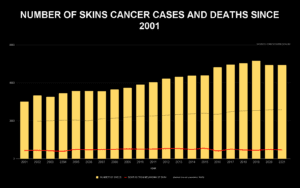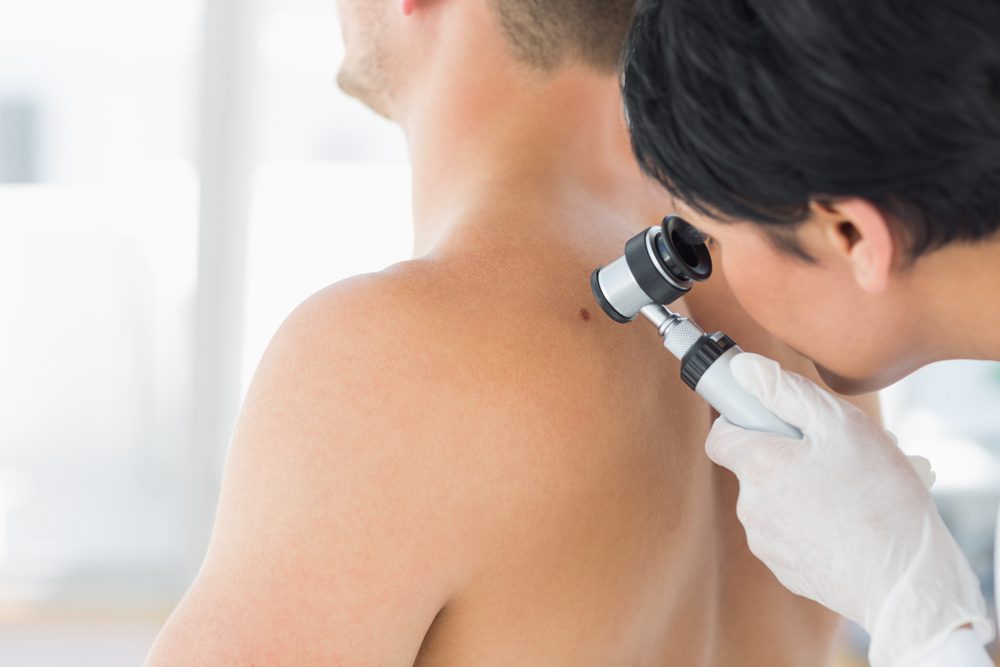The New South Wales government has expressed concerns about the stagnant results in skin cancer trends amongst Australians, despite new prevention strategies.
Data released on the NSW’s health page has heightened concerns surrounding the static numbers of deaths caused by skin cancer.
This data comes as no surprise to UOW student Paige Binstead, 22, who recently had a melanoma cut out of her foot.
“It’s a really scary fact that this is a really common issue here in Australia and I feel like most Australians even expect to just get skin cancer at some point in their life,” Ms Binstead said.
“It’s almost become normalised and I’m unsure what’s going to wake us up to the fact that this is still cancer, a killer disease.”

Grap: Monique Sellars
Although the amount of cases is mostly prevalent in the older age bracket of Australians, Ms Binstead said that the tanning culture in Australia still needed to see a significant change if there was to be any decrease in the number of deaths.
“Young people think they are invincible, but it’s not until it’s too little too late and our skin is wrinkly that we decide to get tested and by then it could very well be deadly,” she said.
According to the Cancer Council NSW Australia still has the highest rate of skin cancer cases in the world and is now known as the ‘national cancer’ with more than 15,000 people diagnosed across the country each year.

Graph 2: Designed by Josh Hutchison
These statistics have seen no improvement and remained almost completely stagnant since 2001, despite the government’s efforts to reduce the numbers.
Cancer Institute NSW has implemented a new skin cancer prevention strategy from 2023-2030. The strategy has three main goals all of which revolve around reducing the incidence of skin cancer in Australia. These goals include embedding skin cancer prevention across sectors, improving access to quality shade and increasing the adoption of UV protection behaviours.

